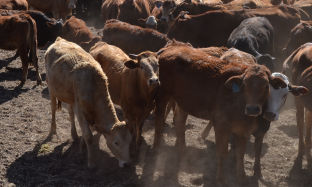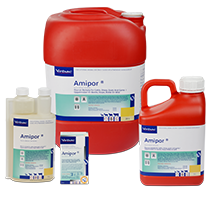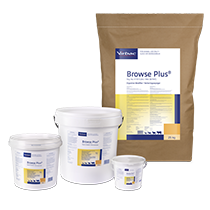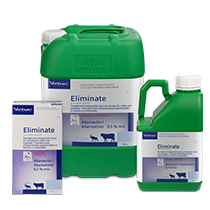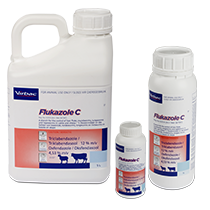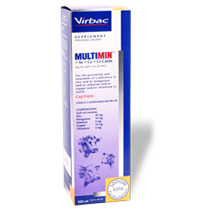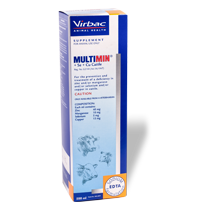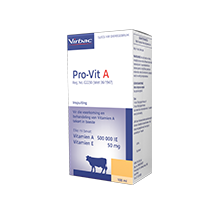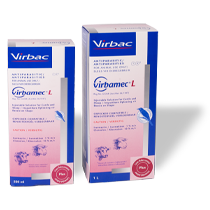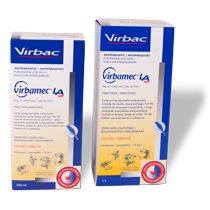
MANAGEMENT FACTORS OF IMPORTANCE IN PREPARATION OF THE CALVING SEASON
The last 8 weeks before the start of the calving season is a critical time. This not only has an impact on the success of the calving season, but also on the upcoming mating season and even as far ahead as weaning time!
The following are some management factors to keep in mind to complete the calving season as successful as possible:
-
Condition / nutrition
The quality and quantity of the pasture normally deteriorates day by day towards the end of winter / early spring. Crop residues are starting to run out and good quality grazing is depleted. Special attention must therefore be given to nutrition during this time. Cows should preferably be able to calve in a condition point of 3.5.
The nutrition / condition of cows before / during calving is of cardinal importance for the following reasons:
- Development of the unborn calf:
We know that most fetal growth (75%) takes place in the last two months of pregnancy. The feeding of the cow must be able to sustain the proper development of the unborn calf AND to maintain or increase the condition of the cow. This will benefit the viability and vitality of the calf at birth - especially during inclement weather conditions. - Influence on reconception, the number of days to first heat after calving and intercalving period:
See in Table 1 what the effect of condition score with calving is on the number of days before cows normally start to cycle for the first time. The earlier cows start to cycle and conceive, the shorter the intercalving period. The economic pressure is so high, that the goal should be that, even with a limited breeding season of 63-84 days, a cow should produce a calf every year.
Table 1: Influence of condition score at calving on number of days from calving to first heat (Kunkle et al, 1998)
- Influence on udder development, colostrum quality and milk production:
Nutrition in late pregnancy has a direct influence on udder development. Udder development in turn has an influence on colostrum production (quantity and quality) and thus calf survival, as well as milk production during lactation and therefore weaning mass. All three of these aspects can not be corrected by good feeding conditions after calving!
Therefore, if cows have a condition score of 2.5 or less at 8 weeks before the calving season, their nutrition must be drastically adjusted - especially if there are not yet good grazing conditions (quality and quantity), or prospects for it. The provision of good quality hay/silage and/or a production lick can help to improve body condition. The use of a digestive modifier is highly recommended to unlock maximum nutritional value from poor roughage to support the condition of cows.
-
Vaccinations
Vaccines aimed at calf survival need to be given before calving, for support after birth through the transfer of maternal immunity (good quality colostrum). Paratyphoid, E. coli, Rota and Coronavirus are the most common conditions that can be controlled with vaccination during late pregnancy.
-
Parasite control
If the cows have been treated for internal parasites at the end of autumn, they should still be fine for the time being. In liver fluke areas, a fluke treatment may be an option to prevent cows from having to be treated during the calving season. Cows that are parasite-free, produce more milk and wean heavier calves. Pay particular attention to the occurrence of lice that can strike at the end of winter when the animals are heavily pregnant and under nutritional stress. Lice cause severe irritation and can impair the condition of the cows.
-
Trace Mineral and Vitamin Supplementation
Late pregnancy is the most critical time for a trace mineral Top Up in cows. The following factors make this supplementation a necessity:
- The trace mineral requirement of the cow increases dramatically during late gestation. The fetus is totally dependent on the cow to be born with a good trace mineral status.
- To optimize colostrum quality: trace mineral supplementation in late gestation can improve the quality of colostrum, which in turn is necessary to activate the calf's immune system and improves calf survival.
- To strengthen the cow's immune response to vaccinations during late gestation: this benefit is also transmitted to the calf via good quality colostrum, as discussed above.
- To ensure that the cow's trace mineral levels do not drop too much with calving: the cow transfers 30% of her trace minerals to the calf. If her levels drop too much, she runs the risk of having lower immunity, which can lead to an increased incidence of diseases after calving such as retained placenta, uterine inflammation, higher somatic cell count (SCC) and mastitis.
All of the above factors therefore necessitate the use of a well-balanced and scientifically proven injectable trace mineral supplement to bridge any trace mineral gap. Do not forget the simultaneous Vit A & E supplementation (synergistic action)!
-
Management
- If possible, classify the cows according to condition and adjust their nutrition accordingly.
- Work as calmly as possible with pregnant cows to reduce stress and prevent bruises or injuries during handling, which can lead to abortions.
- Adequate and clean drinking water must be available at all times.
- Provide enough feeding space for lick supplementation so that competition is reduced.
- Plan the calving camps and make sure that the fences and water supply are in order.
- If the calves are to be given creep feed, make sure that the feeding troughs and gates are in order.
- Watch out for abortions in late pregnancy. Any aborted fetus should be taken to the vet as soon as possible and sent away for examination to try to determine the cause.
- Beware of metabolic disorders in late pregnancy e.g. the occurrence of milk fever.
Please contact your nearest Virbac Technical Sales Advisor for advice on management aspects and products to use.

